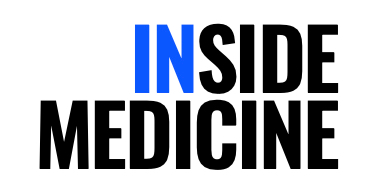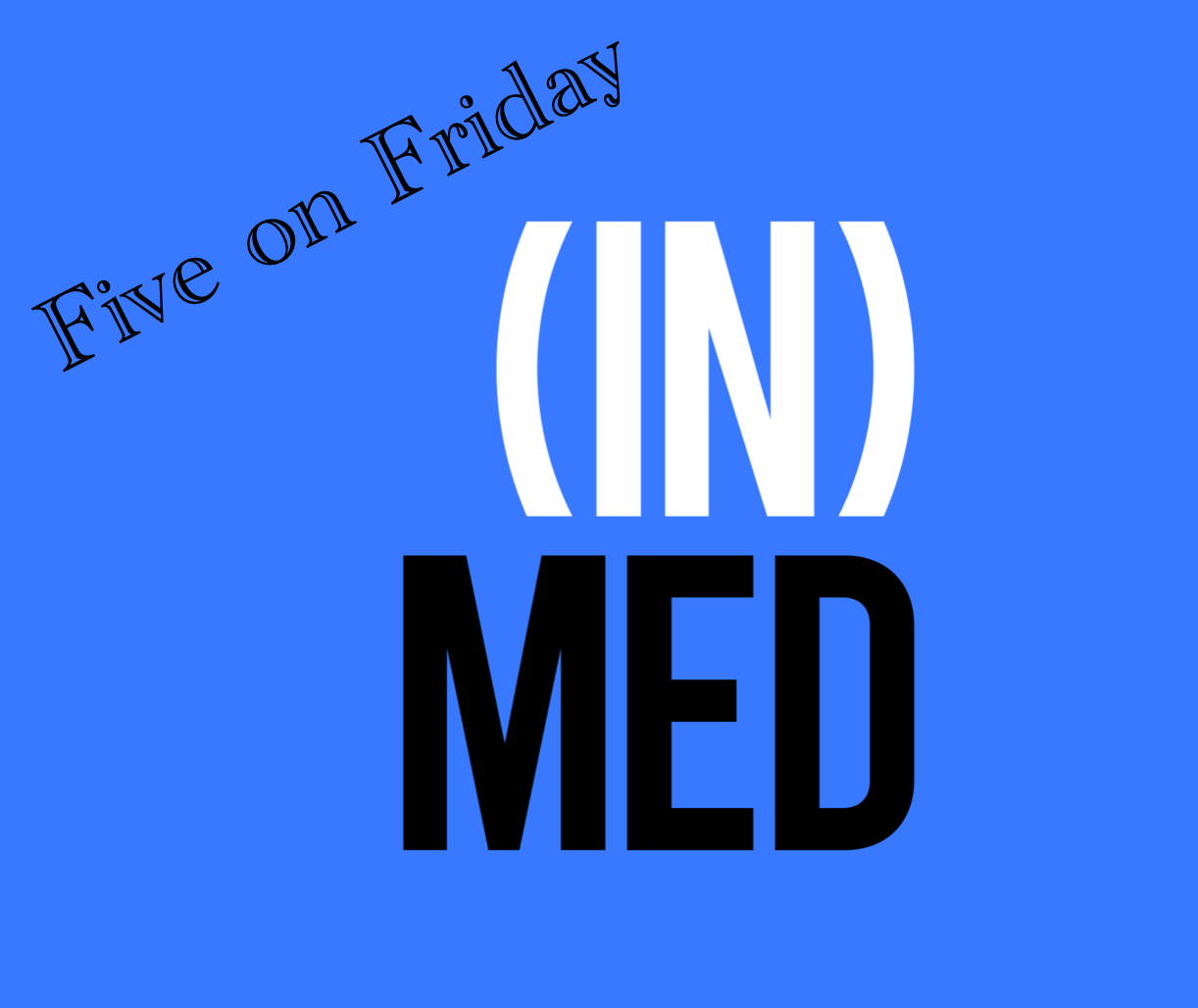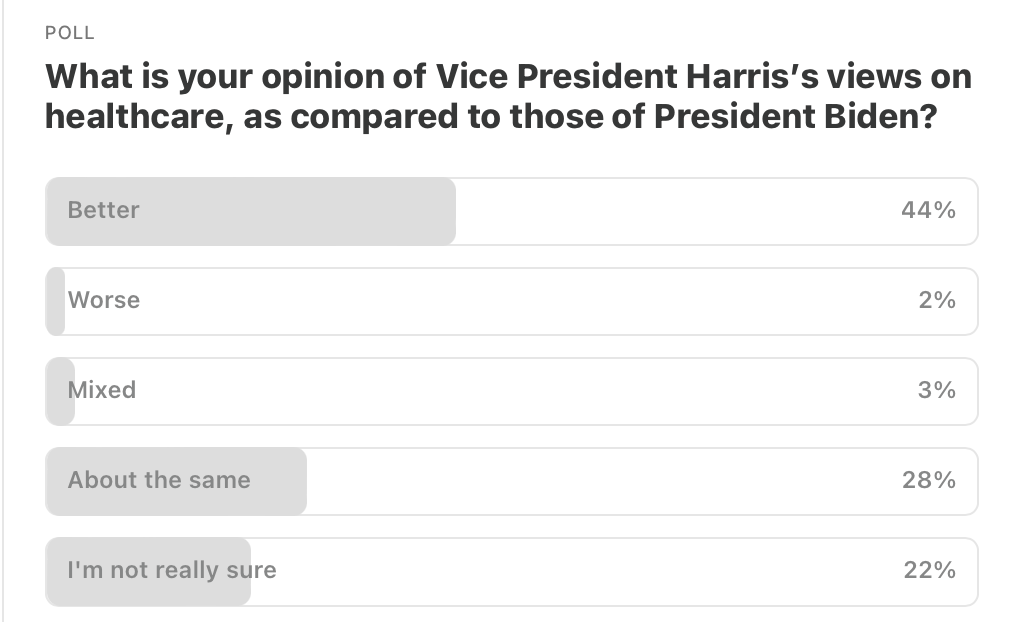WHO again declares mpox an international emergency. Pediatric infections in central Africa are a new concern.
That and other stories in "Five on Friday" for August 16, 2024...
Item 1: Mpox again declared a public health emergency of international concern.
For the second time since 2022, the WHO has declared mpox to be a “public health emergency of international concern,” or a PHEIC (pronounced FAKE). Director-General Dr. Tedros Ghebreyesus accepted the advice of the expert committee and raised the threat level.
Why? Two main reasons. The first is a major uptick in cases in the Democratic Republic of the Congo, as well as four neighboring nations where mpox has never before been reported (Burundi, Kenya, Rwanda and Uganda). The second is that there are concerns that the newer “Clade” of mpox is spreading rapidly. The first case in Europe was announced yesterday in patient in Sweden.
Meanwhile, NIH researchers have found that the antiviral tecovirimat failed to reduce symptoms in Clade 1b mpox.
Should we worry? As always, my primary concern is for people in places like the DRC, where resources and care are limited. As I wrote last year, it’s unclear why the mortality figures for clade 1b in a late 2023 outbreak were worse than during the mpox PHEIC in 2022 (which was declared over in early 2023). But it’s possible that it had less to do with the virus itself than with the health of the infected people. Here’s that piece from last November. But in the present DRC outbreak, I am particularly unsettled by the epidemiology. So far, a majority of the 14,000+ cases have been in children, who have represented 87% of the 650 deaths. I’ve only had a chance to briefly look over the WHO’s latest technical document on this emergency, but the increased share of cases in children is really alarming. Historically, children have represented just over 1% of mpox cases.
Why the epidemiology of the DRC outbreak is so different from prior mpox outbreaks is something we need to understand. That alone seems sufficient to declare a PHEIC, as it unlocks funding for testing and other much-needed ground support.
Item 2: Quantifying lives saved by Covid-19 vaccines.
A new study in The Lancet Respiratory Medicine reports that Covid-19 vaccines saved 1.6 million lives in Europe. A staggering 96% of the lives saved were among vaccine recipients ages 60 and older. But the vaccines saved hundreds of thousands of lives in younger adults as well. First boosters were seen to be incredibly important in reducing mortality for older populations—in part because of the protection offered during the first Omicron wave.
Item 3: Leading causes of death from 2019-2023. Covid-19 was #3, but has fallen.
This week, the Journal of the American Medical Association published CDC data on the leading causes of death from 2019 through 2023. Covid-19 went from being the third leading cause of death in 2020 and 2021, to fourth in 2022, and tenth in 2023. This of course reflects growing immunity in the population. While some deaths may be missed now due to incomplete capture (since testing at the time of hospitalization is no longer required), it’s unlikely that universal testing would have led to Covid-19 being in the top five.
I dug into the raw data and it looks like in 2023 around 88% of 50,000 of the total Covid-19-attributed deaths in the US were in the ages 65 and older population. Back in 2020, around 81% of the 351,000 Covid deaths occurred in the older age group.
Combine these data points with the vaccine data from Item 2 (above) and you get a sense of how important Covid-19 boosters have been for older populations in particular.
Item 4: US athletes in Paris came for Gold…and stayed for healthcare.
While the percentage of uninsured US residents is substantially lower than before the Affordable Care Act (“Obamacare”) was passed, we remain the only high income nation that does not offer universal access to healthcare.
US Rugby player Ariana Ramsey went viral on TikTok last week when she discovered that the Olympic Village in Paris had more than free food and condoms. While she was there, she got a free Pap smear as well.
I would have thought that being on Team USA came with healthcare. The answer is that it kind of does, but not all athletes are eligible, according to a story in Sports Illustrated. What will uninsured members of Team USA do when the Games are in Los Angeles in 2028?
Item 5: Biden administration announces drug price negotiation results for 10 drugs starting in 2026.
My friend Dr. Alister Martin once told me that the Inflation Reduction Act (IRA) was in many ways a healthcare bill. He was right. A high-profile aspect of the IRA allows the US federal government (by way of Medicare and Medicaid) to directly negotiate with drug companies to cap the prices of certain high-cost drugs for which generics are not available and without adequate market competition. The list of 10 drugs subject to so-called “Maximum Fair Prices” was announced yesterday and will go into effect in 2026 (which is under 16.5 months from now, if you want to feel queasy).
Here are those drugs, pricing information, and other data:
Will this make a dent? On one hand, the drug companies seem to hate this law, which is one indicator. On the other, the savings don’t amount to that much, according to an experts cited in a New York Times story who described the drug companies as having emerged from the negotiations “relatively unscathed.”
As Heather Cox Richardson reminds us, the drug negotiation provision of the IRA was supported by 83% of voters. Meanwhile, Project 2025, a Conservative plan embraced by many in the Trump orbit, would seek to end the program.
Item 6: Poll of the Week.
Here are the results from the last poll. Thanks for your votes!
Item 6a: Poll of the Week for this week!
Some readers asked for the return of medical trivia to the polls. Here you go! No fair using Google or other resources…we are on the honor system!
That’s it. Your “Friday Five!”
Feedback! Do you like the “Five on Friday” format? Have any ideas for next week’s Poll of the Week? Any great articles you have read elsewhere that you want to share with the Inside Medicine community? Other musings or thoughts?
Please contribute to the Comments!









Yes, because of the absolutely convoluted and bizarre structure of Medicare Part D (designed to hide excess profits by commercial companies all through the supply chain at taxpayer and patient expense), the actual impact of the drug price negotiations (if they occur) in 18 months will be far less than the theoretical total. Big Pharma has fought this tooth and nail because this is the first crack in their iron wall, protecting their profits and fleecing us all. Hopefully more extensive changes will be forthcoming.
Love the cause of death graph-easy to read and understand. Thanks for this.